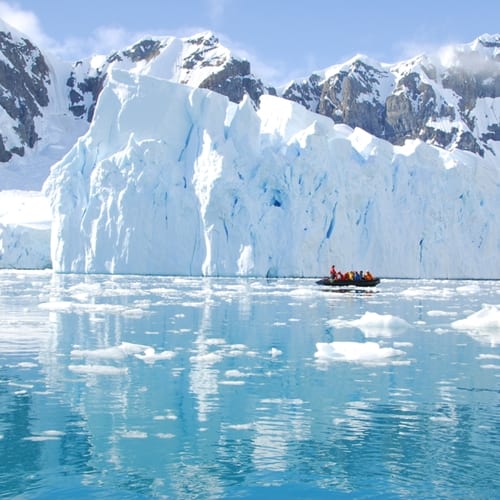Icefin, an ROV developed by scientists at Georgia Tech Research Institute, has been exploring the areas under Antarctic ice. Using this tool and its video capabilities, the research team was able to capture footage of aquatic life more than 1,600 feet below the surface, an improvement over the depths other units have been able to reach.
The video was taken last December, and Icefin will reportedly be used again for projects in both the Arctic and Antarctic regions next year. A press release from the Georgia Tech News Center describes how Icefin combines features from different types of ROVs and research tools, as it's small enough to be dropped through bore holes in ice, but sophisticated enough to record complex data. The unit's sensors specifically allow users to learn more about the Ross Ice Shelf and the water around it.
Ultimately, this unit could lead to advancements that help scientists deploy a similar model under the ice of Jupiter's moon Europa. The principle investigator of the project, Dr. Britney Schmidt, described the greater implications of this work and what successful performance may lead to.
"We're advancing hypotheses that we need for Europa and understanding ocean systems here better," she said. "We're also developing and getting comfortable with technologies that make polar science — and eventually Europa science — more realistic." Dr. Schmidt also said that this technology allows for "unprecedented detail on the ice-ocean interface."
Putting new systems into dangerous territory may be necessary to learn more about the environment and develop future missions. ROV insurance often helps protect the financial investment made in innovative underwater equipment, which may be threatened in unfamiliar areas deep underwater, where the unit is difficult to access. ROV operators insurance is a natural fit for this kind of work, as well.

